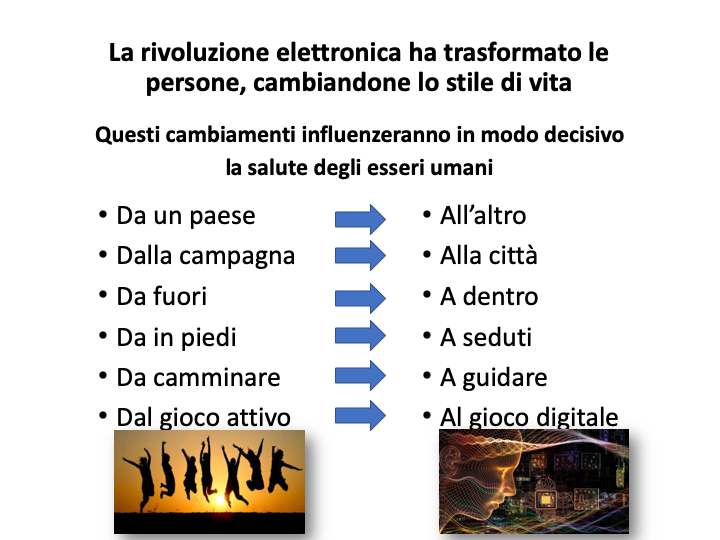The psychotherapists of the National Adolescence Observatory, who have been present in schools of all levels nationwide for years, have responded to numerous requests for help within both school-based and online activities. During discussions held within psychological listening services, it emerged that about 1 in 4 adolescents have experienced depressive episodes in the past year, approximately 1 in 5 have exhibited anxiety-related issues, specifically panic disorders and social phobia, and 25% have engaged in self-harming behaviors.
In my experience in competitive sports, I have witnessed an increase in anxiety crises and panic attacks among adolescent athletes. Panic attacks in athletes can occur during competitions or intense and stressful training sessions. These attacks are sudden episodes of intense fear or discomfort that can manifest with a series of physical and psychological symptoms. The characteristics of panic attacks may include:
- Intense anxiety and fear - Athletes may experience an overwhelming sense of anxiety and fear, often without a clear or specific cause.
- Physical symptoms - These can include palpitations, excessive sweating, tremors, sensation of choking or shortness of breath, nausea, dizziness, or feelings of faintness. Some athletes may also experience chest pains or tingling sensations in their hands and feet.
- Feeling of loss of control - Panic attacks can make athletes feel like they are losing control of the situation or their own mind, causing a sense of terror.
- Catastrophic thoughts - During a panic attack, athletes may have catastrophic thoughts about their health, sports performance, or the possibility of embarrassment in front of others.
- Isolation and avoidance - After experiencing panic attacks, athletes might avoid situations or environments they believe could trigger the same reaction.
The causes of panic attacks in athletes can vary, including:
- Performance stress and pressure - Athletes may experience high-pressure situations due to the expectation of exceptional performance, leading to anxiety and fear of failure during sporting events.
- Exposure to injuries or failures - Past experiences of severe injuries or significant sporting failures can generate anticipatory anxiety, resulting in heightened emotional sensitivity during sports activities.
- Personal characteristics - Some athletes may be genetically predisposed or have personal experiences that make them more prone to developing panic attacks.
Firstly, it is useful to learn to breathe to relax and then to be present in the here and now, maintaining awareness even during a panic attack, knowing it will eventually end. This mental approach allows for the recovery of a calmer state that was momentarily lost. This also stimulates an action that involves shifting attention from a negative psychophysiological condition, perceived as uncontrollable and debilitating, to a mental state that allows distancing from physical symptoms and catastrophic thoughts. Consequently, it’s important to address panic attacks in athletes through stress management strategies, psychological counseling, relaxation techniques, mindfulness with the support of specialized sports psychologists.

![Fig. 6 Physical activity has long lasting benefits that affect all aspects of a child’s life and last into adulthood. (Courtesy of Aspen Institute Project Play) [Citation]](https://static1.squarespace.com/static/54b4319ee4b02eb93428f3d1/t/54bd6fd0e4b096702d4cc9a2/1421701074531/activity-life-cycle.jpg?format=2500w)




